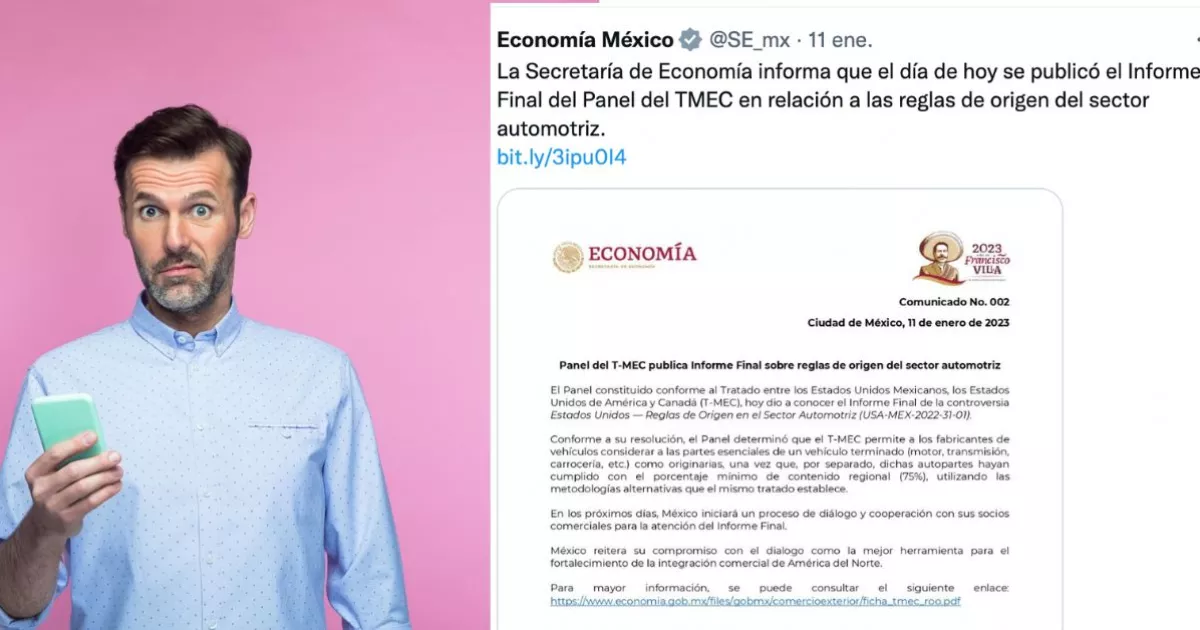Few information
This lack of information is something that occurs in most government agencies, in which information is given dropper, lamented Alicia Guzmán, a journalism professor at the Iberoamerican University (Ibero).
“Why are they doing it? The government is being opaque on many things, and probably because it does not consider that the public has an interest in these issues; and the information that is being disclosed in the ‘mornings’ does not correspond to reality,” Guzmán said.
He added that the agencies, including some of the state governments, are not reporting as much because the president “prevents the secretaries of state from fulfilling their duties; each dependency would have to report on its activities and that does not happen”.
By using social networks or holding virtual conferences, the right of access to information is fulfilled; however, “sometimes they avoid certain questions that are uncomfortable for them (the officials),” warned López Aguirre.
Although the use of social networks is not inappropriate for disseminating information, since it allows reaching a greater number of people, if it is not done properly, the message will not be received by users.
“Who is going to read the newsletter in a PDF? Nobody. Young people are not used to information that is too textual, it requires the support of an infographic, a gif; that an interactive graph be generated; something more explanatory”, pointed out the UP academic.
In addition, government communication will have to segment its audiences. “The message is going to have to be adapted to the needs and characteristics of both the audience and the digital platform on which they are going to report,” said José Luis López.
Within the framework of the Mexico-Canada High-Level Economic Dialogue, Undersecretary @EncinasN stood out before the Canadian Chamber of Commerce, @CanChamMXthe participation of young people in the labor market and training by companies. pic.twitter.com/Mjp8rZ8hWh
– Economy Mexico (@SE_mx)
January 18, 2023

















